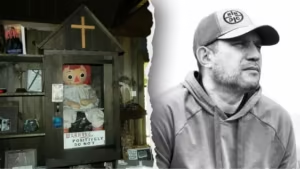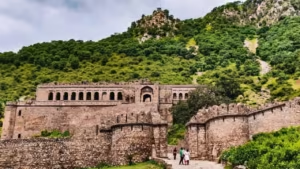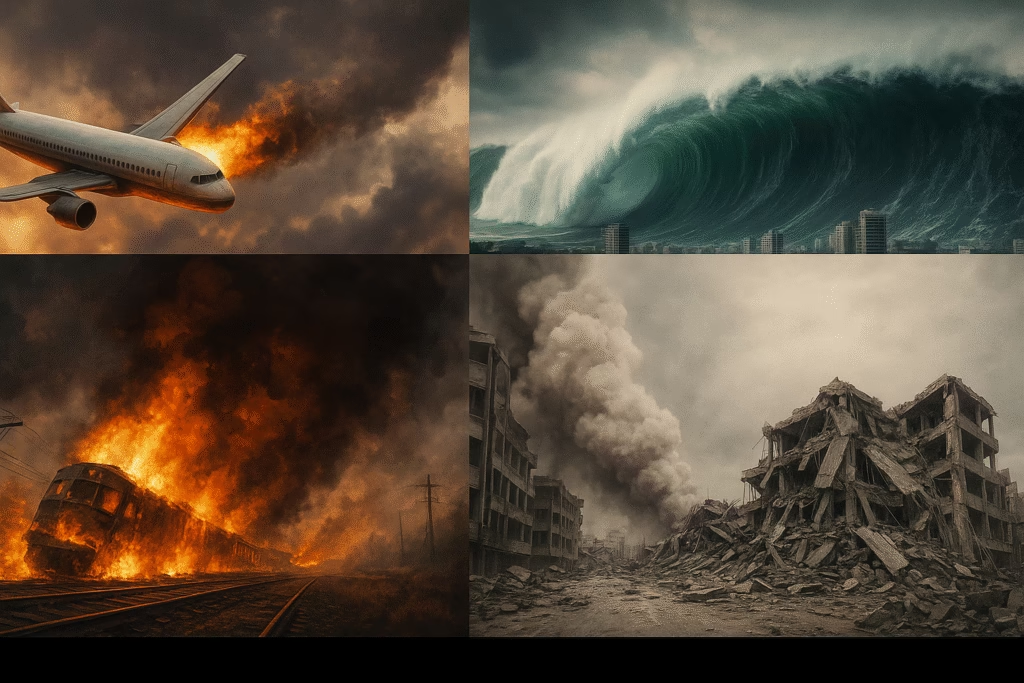
Throughout history, the world has witnessed several tragic accidents—man-made and natural—that caused massive destruction, loss of life, and long-lasting effects. Here are 10 of the most dangerous.
1. Chernobyl Nuclear Disaster (Ukraine, 1986)
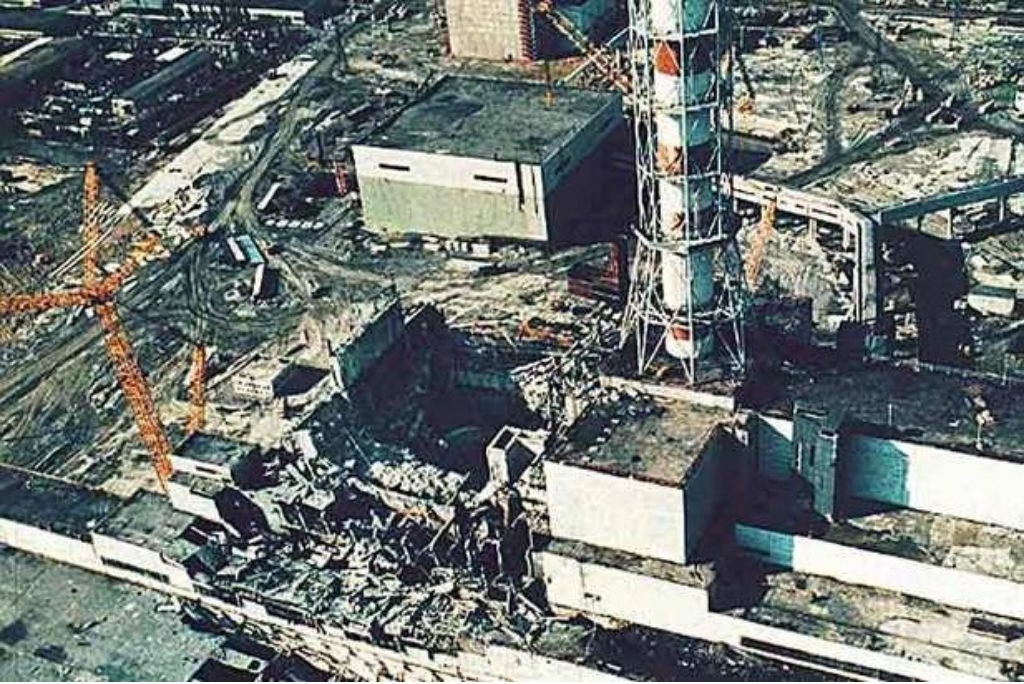
The Chernobyl disaster happened when a nuclear reactor exploded during a safety test. It released large amounts of radioactive material into the air, affecting millions in Ukraine, Belarus, and beyond. Many people died from radiation, and thousands developed long-term illnesses like cancer. The area around the plant is still unsafe to live in. This disaster showed the world how dangerous nuclear energy can be if not properly controlled, and led to strict safety rules globally.
2. Bhopal Gas Tragedy (India, 1984)
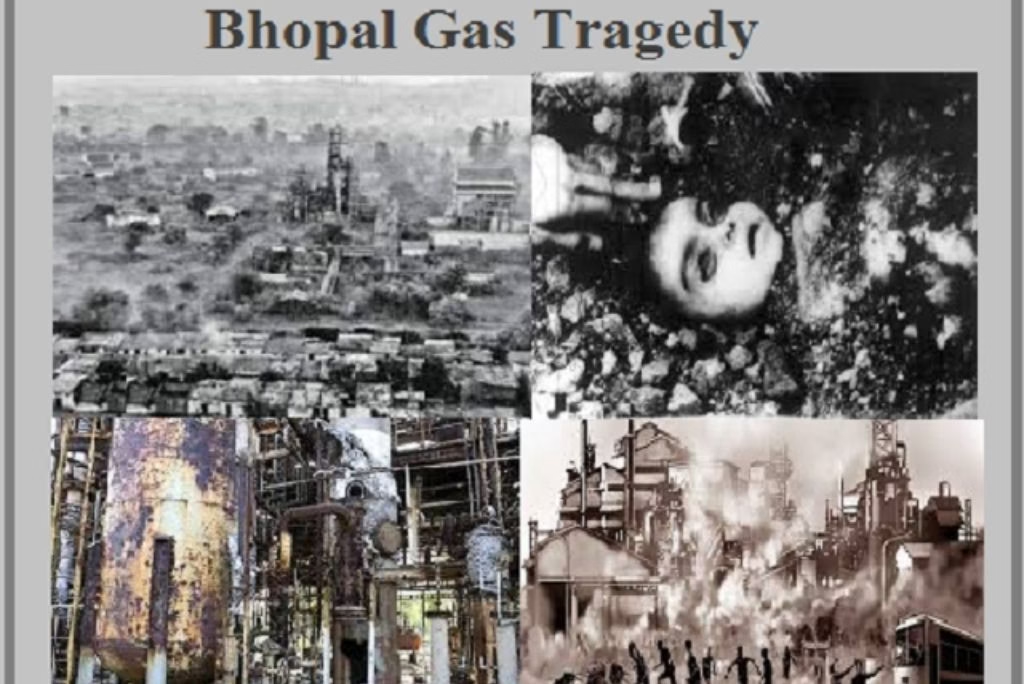
At a pesticide plant in Bhopal, a dangerous gas called methyl isocyanate leaked at night. Over 3,000 people died immediately, and thousands more were affected by breathing problems, blindness, and other serious health issues. The gas spread quickly to nearby homes, catching people while they were sleeping. Even today, many survivors face health problems, and the land and water are still polluted. The tragedy raised awareness about industrial safety and the importance of emergency planning.
3. Deepwater Horizon Oil Spill (USA, 2010)

An explosion on the Deepwater Horizon oil rig in the Gulf of Mexico killed 11 workers and caused a major oil spill. Over 200 million gallons of oil leaked into the ocean for 87 days. It badly harmed sea animals, birds, and the environment. Fishing and tourism industries also suffered. The spill is one of the worst environmental disasters in history. It led to stronger regulations for offshore drilling and large financial penalties for the company responsible.
4. Fukushima Nuclear Disaster (Japan, 2011)

After a powerful earthquake and tsunami, the Fukushima Daiichi nuclear power plant was severely damaged. Cooling systems failed, and three nuclear reactors melted down, releasing radioactive materials into the air and sea. Over 150,000 people had to leave their homes. The accident caused global concern about nuclear safety and made many countries rethink using nuclear energy. Japan shut down most of its nuclear plants after the disaster. Cleanup and recovery at Fukushima are still ongoing today.
5. Piper Alpha Oil Rig Explosion (North Sea, 1988)
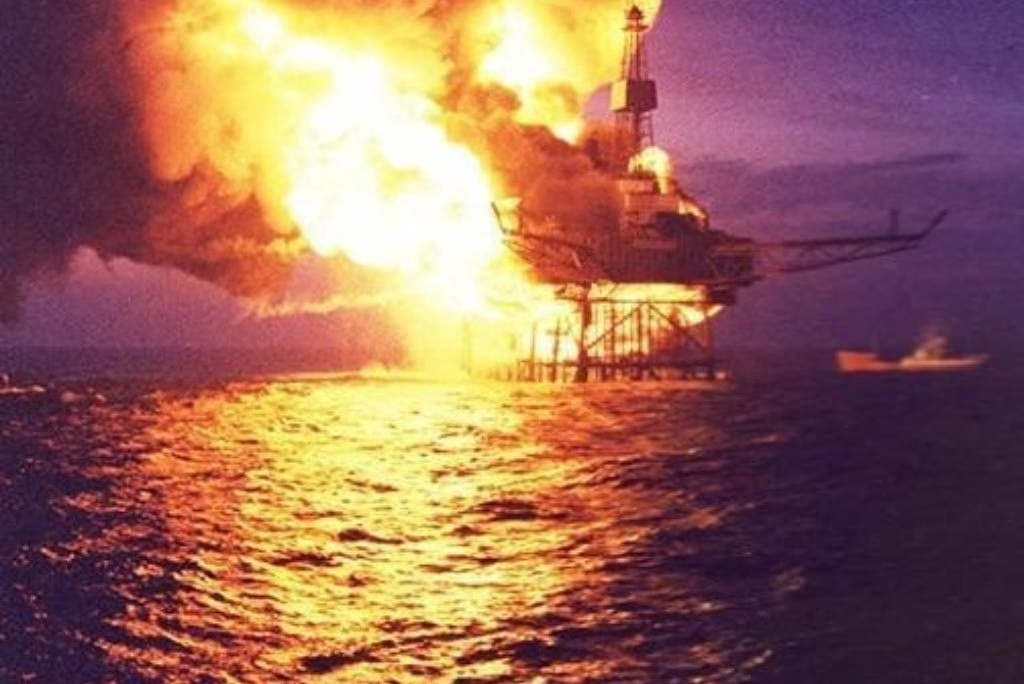
The Piper Alpha was a large oil platform in the North Sea. A small gas leak turned into a huge explosion, killing 167 workers. Poor communication and safety procedures made the disaster worse. Rescue efforts were difficult due to strong fires and bad weather. The tragedy led to major changes in how offshore oil rigs are designed and operated. It highlighted the importance of regular safety checks, emergency training, and better systems for handling oil and gas.
6. Soma Mine Disaster (Türkiye, 2014)

A fire in a coal mine in Soma, Turkey, trapped hundreds of miners underground. Poisonous gases like carbon monoxide spread quickly. Rescue operations lasted days, but 301 miners died — making it Turkey’s deadliest mining accident. Investigations showed that safety rules were ignored, and working conditions were poor. This tragedy shocked the nation and led to protests demanding better worker protection. It raised global awareness about the importance of strict safety standards in dangerous workplaces like mines.
7. Titanic Sinking (North Atlantic Ocean, 1912)
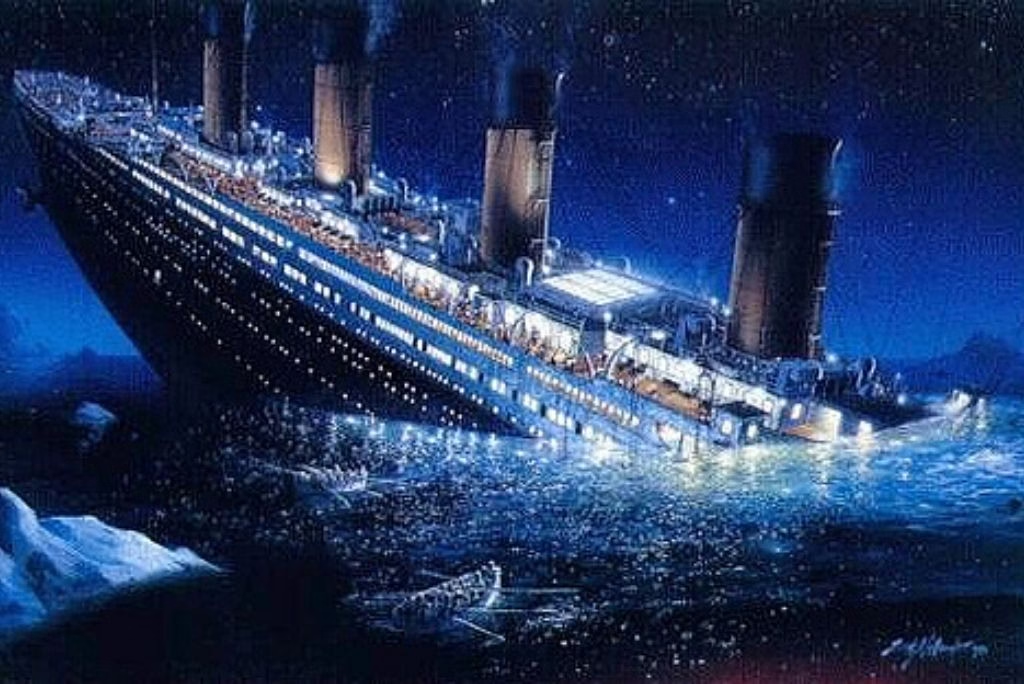
The Titanic was a luxury passenger ship believed to be unsinkable. On its first trip from England to the U.S., it hit an iceberg and sank in icy waters. Over 1,500 of the 2,200 people onboard died due to a lack of lifeboats and cold temperatures. The accident shocked the world and led to big changes in maritime safety rules. It’s one of the most famous disasters in history and has inspired many books, movies, and documentaries.
8. Exxon Valdez Oil Spill (Alaska, USA, 1989)
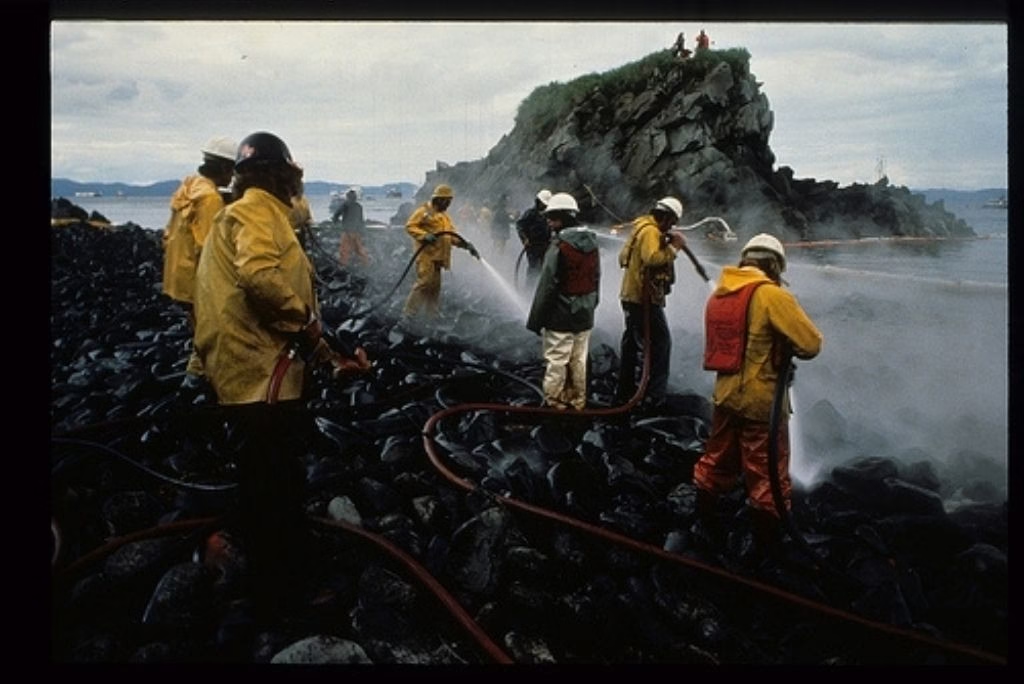
The Exxon Valdez oil tanker hit a reef in Alaska’s Prince William Sound, spilling around 11 million gallons of crude oil into the ocean. The oil spread quickly, killing thousands of birds, fish, and sea animals. Cleanup efforts lasted years, and many areas still suffer from the effects. The disaster showed the dangers of oil transportation and poor planning. It led to new laws requiring double-hulled tankers and faster response to oil spills to protect marine life.
9. Hurricane Katrina (USA, 2005)

Hurricane Katrina was one of the deadliest storms in U.S. history. It hit the Gulf Coast, especially New Orleans, causing levees to break and flood the city. Over 1,800 people died, and thousands were left homeless. Many homes and businesses were destroyed. The slow government response angered the public. The disaster exposed poor infrastructure and planning. Since then, stronger flood protection systems have been built, and emergency response systems in the U.S. have been improved.
10. Challenger Space Shuttle Disaster (USA, 1986)
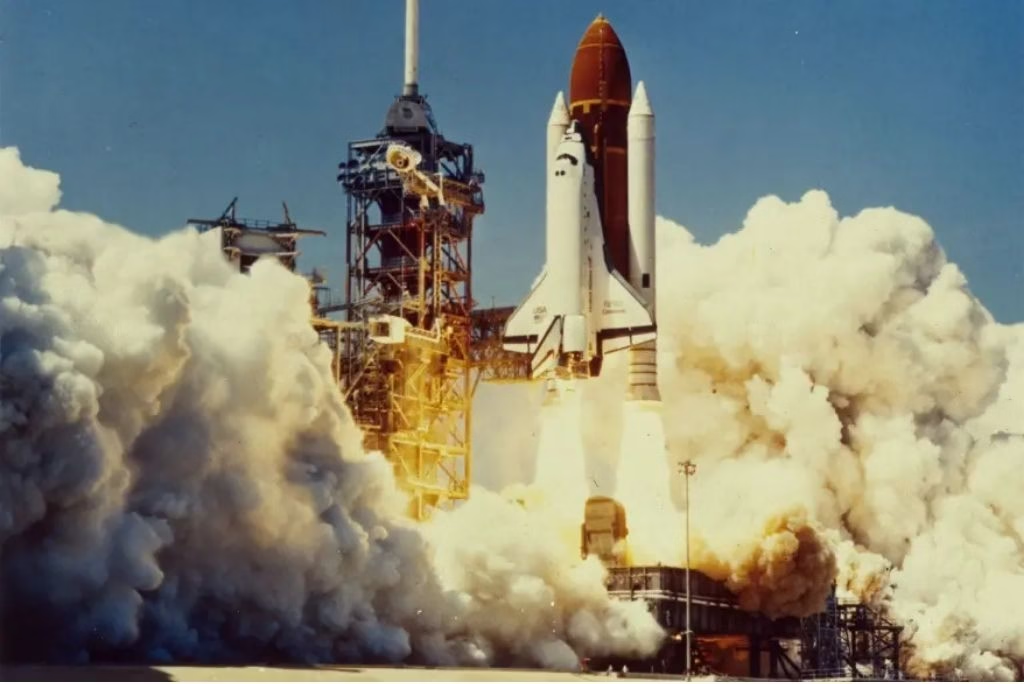
The Challenger space shuttle exploded just 73 seconds after launch, killing all seven astronauts, including teacher Christa McAuliffe. A rubber seal (O-ring) in one of the rocket boosters failed due to cold weather. Millions of people, including schoolchildren, watched it live on TV. The tragedy deeply affected the U.S. space program. NASA stopped flights for almost three years to fix problems and improve safety. It also led to changes in how decisions are made during missions.
This informative post is brought to you by Blogimine — your trusted source for educational, historical, and trending content. Stay connected with Blogimine for more powerful stories that matter to you and the world.







